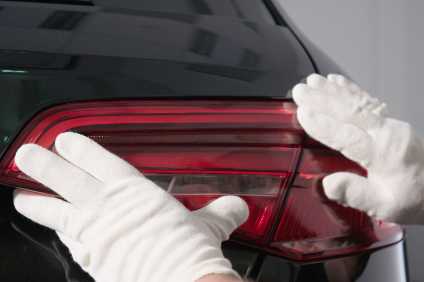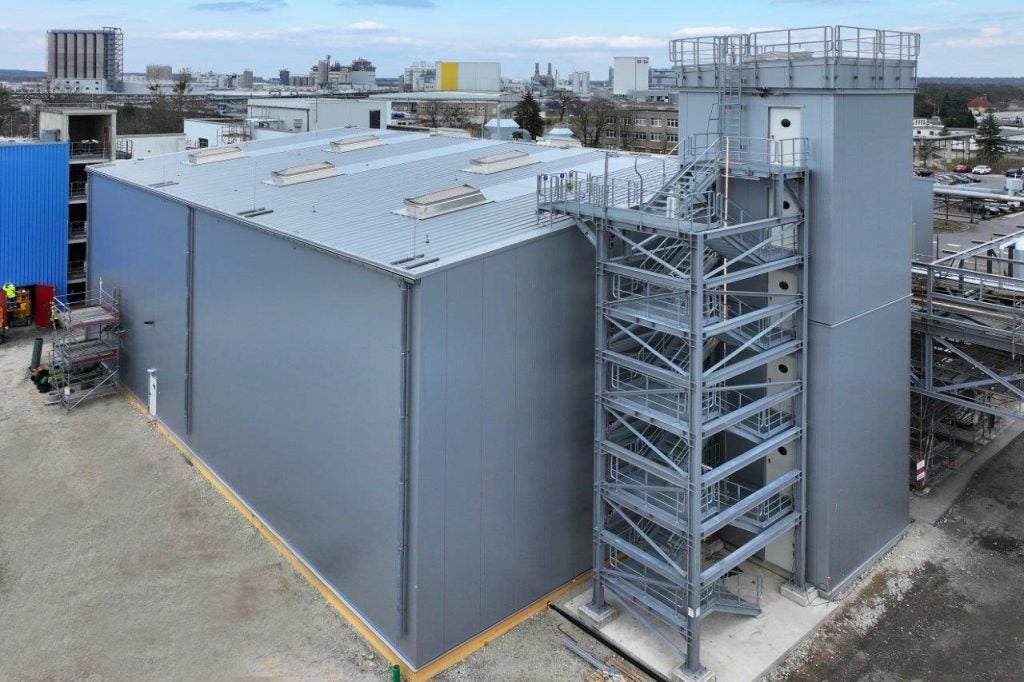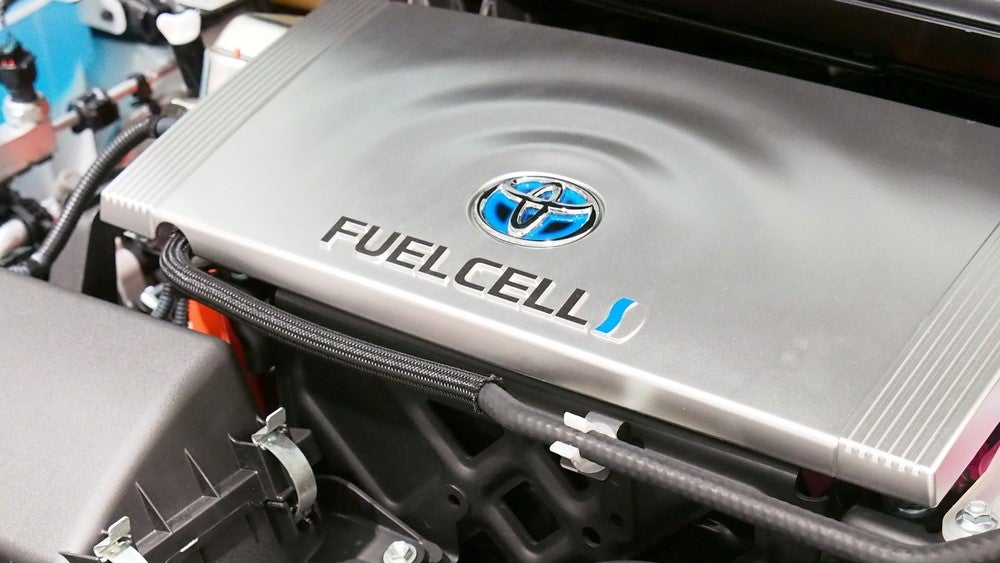
Audi expects a significant reduction in prototyping lead times for tail light covers, with turnaround times decreasing up to 50% in comparison to traditional methods as it adopts a supplier’s full-colour additive (3D) printing system.
Stratasys says its J750 3D Printer enables Audi to produce transparent, multi-coloured parts meeting the texture and colour-matching requirements of its stringent design approval process.
The Audi Plastics 3D Printing Centre in Ingolstadt will use the J750 3D Printer to produce ‘ultra-realistic, multi-coloured, transparent tail light covers in a single print’.
For the production of tail light covers, Audi estimates a reduction in prototyping lead times by up to 50 percent using Stratasys system.
Before a new vehicle goes into production, the Audi Pre-Series Centre in Ingolstadt builds physical models and prototypes for the brand to evaluate new designs. This requires allocation of most parts of the vehicle in an early stage of product development – everything from wheel covers and door handles to radiator grills. Traditional methods, such as moulding and milling, are commonly used to create and replicate new designs. However, the use of plastics 3D printing has become an integral part of the automotive design process at the Audi Pre-Series Centre, enabling the team to overcome limitations of conventional processes and accelerate design verification.
See Also:
In the case of tail light covers, the team traditionally used milling or moulding to produce individual parts. The main challenge with these production techniques are the multi-coloured covers of the tail light housing. These individual colour parts must be assembled, as they cannot be produced in one-piece. This time-intensive process increases lead times for design verification and subsequently delays time-to-market, Stratasys says.
How well do you really know your competitors?
Access the most comprehensive Company Profiles on the market, powered by GlobalData. Save hours of research. Gain competitive edge.

Thank you!
Your download email will arrive shortly
Not ready to buy yet? Download a free sample
We are confident about the unique quality of our Company Profiles. However, we want you to make the most beneficial decision for your business, so we offer a free sample that you can download by submitting the below form
By GlobalDataThe company also says that with over 500,000 colour combinations available, the team can 3D print transparent parts in multiple colours and textures that meet the stringent requirements of the Audi design approval process.
“Design is one of the most important buying decisions for Audi customers, therefore it’s crucial we adhere to supreme quality standards during the design and concept phase of vehicle development,” said Dr. Tim Spiering, Head of the Audi Plastics 3D Printing Centre. “As a result, we need prototypes to have exact part geometries, no distortion and extremely high quality, as well as true-to-part colour and transparency. The Stratasys J750 3D Printer will offer us a significant advantage, as it allows us to print the exact textures and colours our design defines. This is essential for getting design concepts approved for production. In terms of 3D printing transparent parts, I have not seen a comparable technology that meets our standards.”
“Using the J750 for the prototyping of tail light covers, we will be able to accelerate our design verification process,” continues Spiering. “We estimate time-savings of up to 50 percent by using this 3D print technique in our prototyping process of tail light covers.”
Dr. Spiering and his 24-member team are responsible for providing all plastics 3D printing expertise, advice and production at Audi. Having invested in its first Stratasys FDM 3D Printer in 2002, the division has since grown its portfolio to ten polymer 3D printers, including a range of Stratasys FDM and PolyJet 3D Printers.
Andy Middleton, President EMEA, Stratasys, adds: “Audi is a prime example of how our unique full color, multi-material 3D printing technology can combine several design processes into one, rapidly accelerating development cycles. If you extend the time-savings achieved by Audi on the tail lights to other parts of the vehicle, the overall impact on time-to-market can be huge. We’re excited to see how Audi continues to leverage our FDM and PolyJet technologies into new application areas to further increase efficiencies across its development process.”






